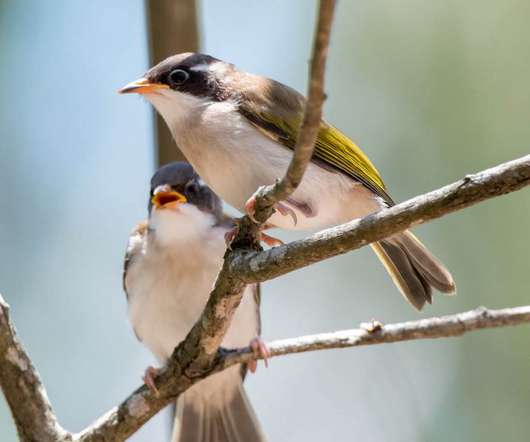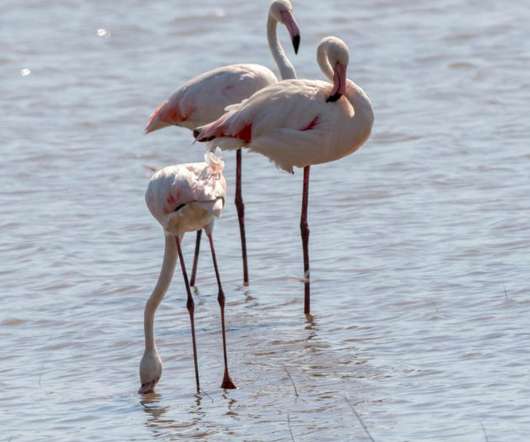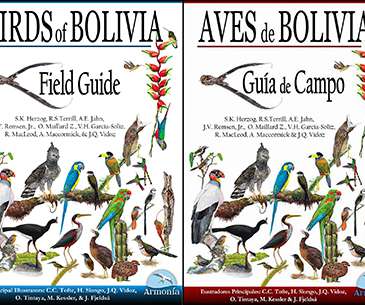15 Australian Birds (Episode 2)
10,000 Birds
JUNE 13, 2022
Quite likely, these birds are also the inspiration for Australian science communicator Dr. Karl Kruszelnicki. ” Like many Australian birds, they breed cooperatively with a varying number of helpers, often siblings or older offspring. Thanks to Clare for introducing me to him. Within group, all males copulate with all females.”













Let's personalize your content